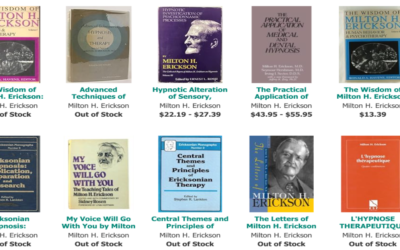Noticing self-perpetuating thought patterns is a core mindfulness skill. Take a moment to examine how it feels to disengage from a busy mind and shift into "being" mode. The ability to recognize and disengage from self-perpetuating patterns of ruminative, negative thought is a core mindfulness skill.
The basic tool to shift mental gears is the intentional use of atte ntion and awareness. By choosing what we are going to attend to, and how we are going to attend to it, we place our hand on the lever that enables us to change mental gears.
ntion and awareness. By choosing what we are going to attend to, and how we are going to attend to it, we place our hand on the lever that enables us to change mental gears.
When can we find opportunities to cultivate “being mode”?
In principle, this mode of mind can be practiced in all situations. In "being mode", the mind has nothing to do, nowhere to go and can focus fully on moment-by-moment experience, allowing us to be fully present and aware of whatever is here, right now. But the tendency to enter “doing mode” is pervasive, where the present moment is boiled down to a narrow, one-dimensional focus.
“What does this have to say about my progress in reaching my goals?”
We can learn to switch out of automatic pilot by bringing our awareness to the present moment.
The "doing mode" has a strong tendency to keep itself going and to reassert itself once the mind has switched to another mode of processing. It is particularly important, therefore, that the mode to which the mind switches after disengaging from driven–doing be incompatible and inconsistent with that mode, in the same way that it is not possible to be in forward and reverse gears in a car at one and the same time.
Being mode is an ideal candidate for such an initial, alternative mode into which to switch. In the end, we need to balance being and doing mode in our lives. Whether it is because the culture we live in exalts doing, or because driven–doing is ofte
n propelled by automatic, well-worn routines, it can easily crowd out other ways of being with one’s experience.
We can learn to switch out of automatic pilot by bringing our awareness to the present moment. When we do this, we start to see that we have a choice, and this is often the first step in taking care of ourselves differently in the face of sad moods.
To practice shifting into being mode, try this 7-minute guided practice called Two Ways of Knowing from The Mindful Way Workbook by John Teasdale.

































